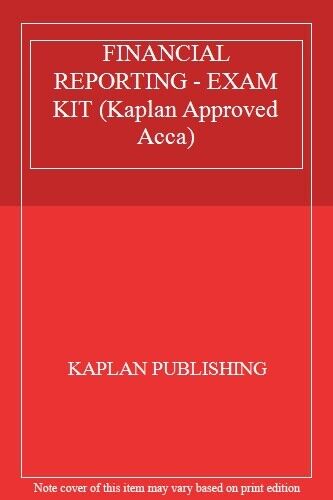Question
Two firms produce a homogenous good and compete simultaneously in quantity. Market demand is given by P (Y ) = a Y b. The average
Two firms produce a homogenous good and compete simultaneously in quantity. Market demand is given by P (Y ) = a Y b. The average and marginal cost of each firm is c. Use this information to answer the following questions: (a) In the Cournot equilibrium, how much does each firm produce? What is the market price? What are the profits of each firm? (b) If the two firms firms were to collude, how much would each firm produce? What would the market price be? What are the profits of each firm? (Note: you may assume the cartel splits the profits equally between the two firms.) (c) After the cartel is formed, one firm decides to cheat. What is the market price and output in this case? What are the profits of each firm? (d) There are n firms that face the linear demand curve p(Y ) = a bY and have constant marginal costs, c, for each firm. Solve for the Cournot equilibrium output and price. Show that your answer is the same as in part (a) for the special case where n = 2. In addition, show that as the number of firms increases, the equilibrium price converges to c
Step by Step Solution
There are 3 Steps involved in it
Step: 1

Get Instant Access to Expert-Tailored Solutions
See step-by-step solutions with expert insights and AI powered tools for academic success
Step: 2

Step: 3

Ace Your Homework with AI
Get the answers you need in no time with our AI-driven, step-by-step assistance
Get Started


